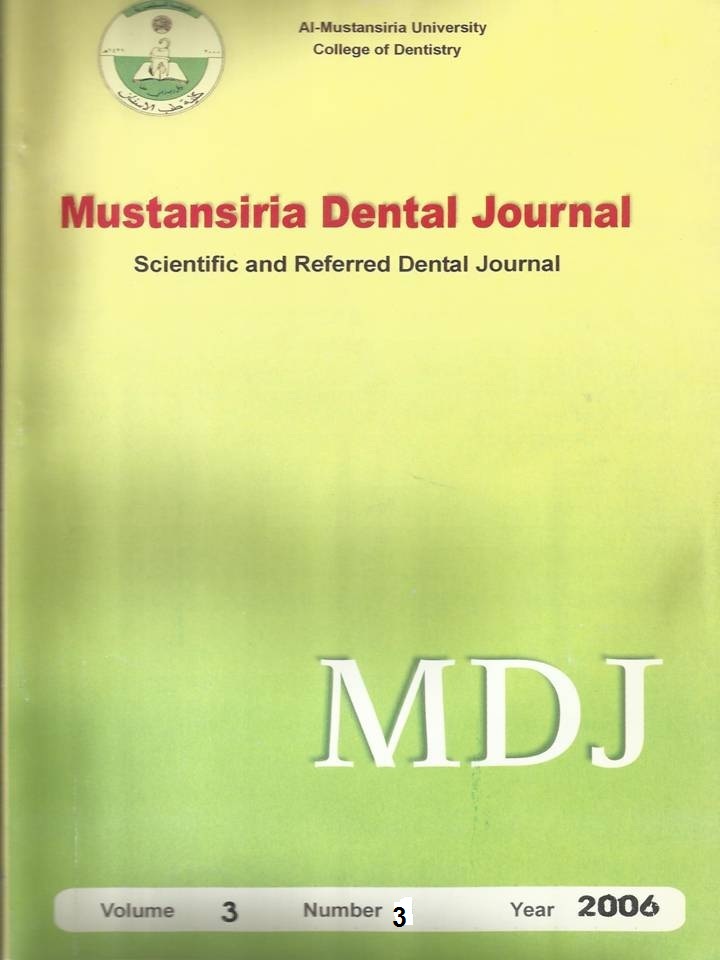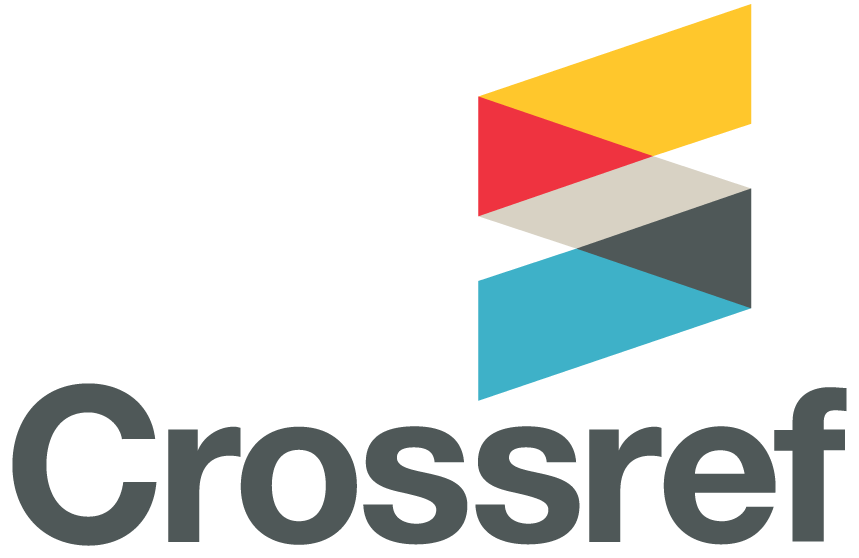The validity of mucolabial reflection in determining occlusal vertical relation
DOI:
https://doi.org/10.32828/mdj.v3i3.643Keywords:
Keyword: Vertical occlusal dimension, teeth arrangements, teeth measurementsAbstract
Background: Different methods are being used in prosthodontics for determining
occlusal vertical dimension. In this study the mucolabial reflection was used as a
guide to measure the vertical distance of the maxillary and mandibular central
incisors to the vestibules.
Materials and Methods: A total sample of 45 subjects was studied that include (25
female and 20 male). Impression of the maxillary and mandibular arch was made
with perforated tray using alginate impression material. Stone casts were made
and the distance from the center of the incisal edge for maxillary and mandibular
central incisors to the depth of the mucolabial reflection was measured. Also the
distance from the depth of the maxillary to mandibular reflection with cast in
centric occlusion was measured. The measurements were recorded by the use of a
divider and boley gauge to the nearest 0.1 mm.
Results: The mean distance from the incisal edge of maxillary central incisors to the
mucolabial reflection was 21.1 mm for females and 21.8 mm for males while the
mean distance from the mandibular central incisors to the mucolabial reflection
was 16.6 mm for females and 16.9 mm for males. Also the mean distance from the
depth of the maxillary to the Mandibular mucolabial reflections was 34.9 mm for
females and 35.3 mm for males. No statistical significant differences were found
between male and female measurements.
Conclusion: The mucolabial reflection provides a good starting point for establishing
a tentative occlusal vertical dimension. Also could help for a preliminary
arrangement of teeth.
Published
Issue
Section
License
The Journal of Mustansiria Dental Journal is an open-access journal that all contents are free of charge. Articles of this journal are licensed under the terms of the Creative Commons Attribution International Public License CC-BY 4.0 (https://creativecommons.org/licenses/by/4.0/legalcode) that licensees are unrestrictly allowed to search, download, share, distribute, print, or link to the full texts of the articles, crawl them for indexing and reproduce any medium of the articles provided that they give the author(s) proper credits (citation). The journal allows the author(s) to retain the copyright of their published article.
Creative Commons-Attribution (BY)









